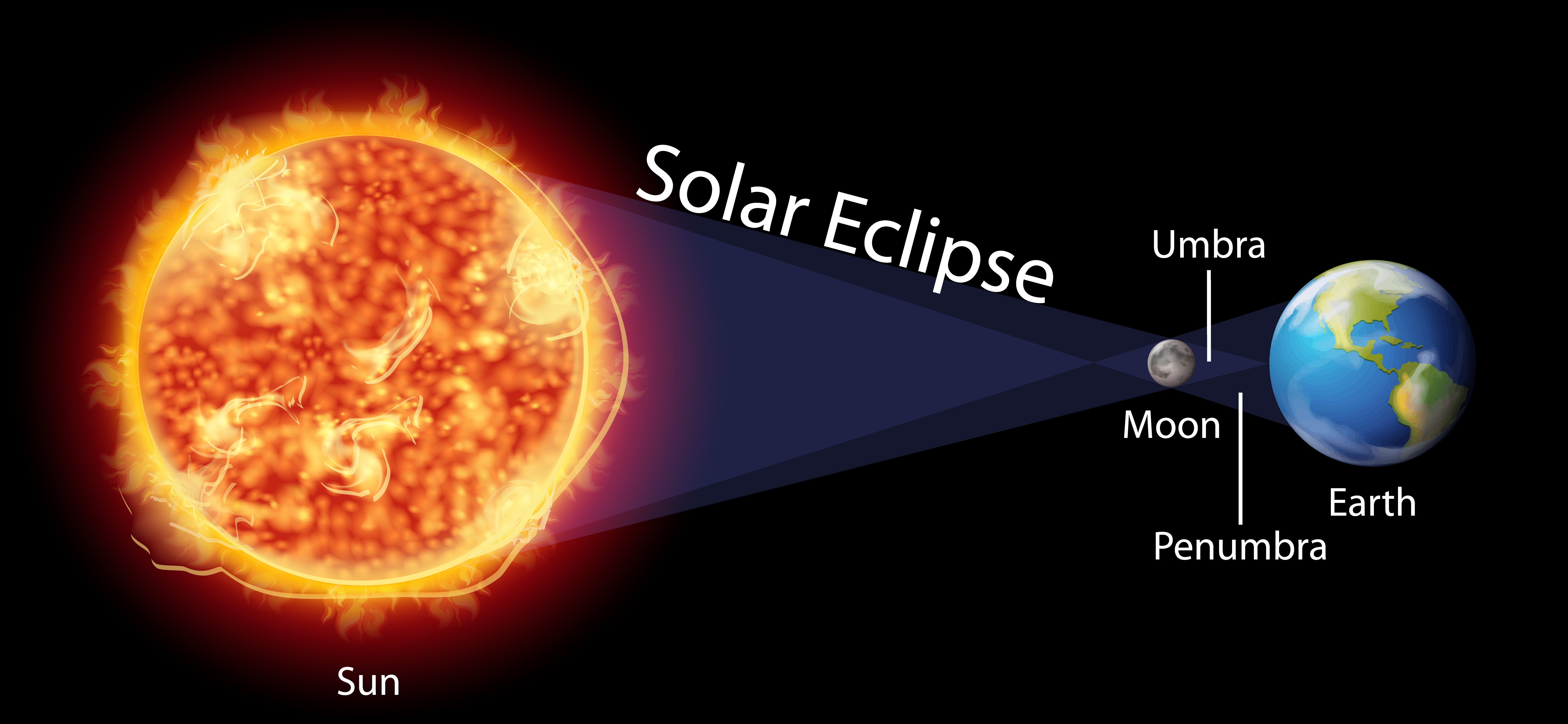
- #SIMPLE DIAGRAMS FOR LUNAR AND SOLAR ECLIPSE HOW TO#
- #SIMPLE DIAGRAMS FOR LUNAR AND SOLAR ECLIPSE SERIES#
Link to Sky Conditions mat Estimating Clouds: In the session, Angie Rizzi and Sarah Nern go through some GLOBE activities to help us understand clouds. The Global Learning and Observations to Benefit the Environment (GLOBE) Program has been providing students and the public worldwide with the opportunity to meaningfully contribute to our understanding of the Earth system and global environment. My NASA Data Literacy Cubes can be used to guide students’ exploration of graphs, data tables, and mapped images of NASA Earth science data. They help students develop their Data Analysis and Interpretation skills, as well as help them to recognize patterns, cause & effect, stability & change, and more.
#SIMPLE DIAGRAMS FOR LUNAR AND SOLAR ECLIPSE SERIES#
Through a series of learning activities, students will examine the benefits and hazards of living with a star, describe and/or demonstrate how we use eclipses to study the Sun and its features and investigate how our Sun may be used to learn about other stars and our universe. In this story map lesson students will learn how living with a star can teach us about our universe.
#SIMPLE DIAGRAMS FOR LUNAR AND SOLAR ECLIPSE HOW TO#
Overview of My NASA Data websiteorganizationĪngie Rizzi will give us a guided tour of using the My NASA Data resources and help us understand how to use and incorporate some of the vast amounts of data the is available from NASA. STEP 3: Complete ONE additional module for that sphere listed under the Intro to Sphere (Clouds, Precipitation, Aerosols, etc).STEP 2: Complete Introduction to Atmosphere (or any of the Intro to “Sphere”).STEP 1: Complete Introduction to GLOBE Download the module and complete the Assessment Test.For organization: Please select Purdue V-School.


Remote sensing is a way of gathering information about objects or places without physically touching them. Part two: Simulating remote sensing using viewers This activity will create a painting of the sun with paint that we will use for “research”. We will use the NASA Space Place Eclipse Poster as an engagement piece for practicing the RACES writing strategy. Preparing for the Solar Eclipse in the Elementary Classroom Thursday, June 15, 2023ĩ:00 am Introductions and agenda overview (set out clipboards)


 0 kommentar(er)
0 kommentar(er)
